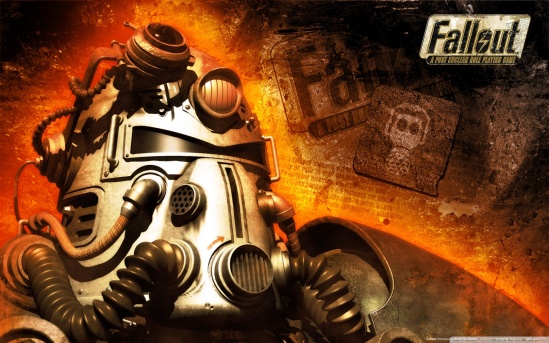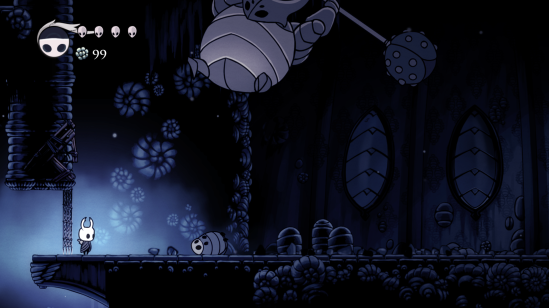War never changes.
Ages ago, they had the War to End All Wars. That was supposed to be the end of it. With that one, we as a species were supposed to end it wiser, safer, saner. With that, we knew the horrors of war, we knew what it did to people, and we knew we wanted no more of it.
Not even thirty years later, we did it again. Ironic, isn’t it? War never changes.
Our species grew with time. We grew in numbers, and we grew in technology. We were smarter, living better lives. You’d think we’d be above it all, after all that. But war never changes. As we grew, so too did our needs. There wasn’t enough to go around. It got to the point where we were making war for the same resource we were consuming in war.
War never changes, but war changes people. Three quarters of the way through the 21st century, October 21st, 2077, war changed the world forever. We don’t know how launched the first bombs. Or who launched the last bombs. Maybe it wasn’t even man at all. Maybe this was the act of an angry God, hitting the reset button on a humanity who by that point was just making war to get what they needed to sustain their war. Whoever it was, it doesn’t really matter by that point. That war came to an end, along with the rest of the world. Nuclear bombs impacting all over the place, both the blasts and the fallout changing it forever, scarring the world in ways few would survive.
At least, that’s what I’ve been told. To be honest, we don’t really know what’s out there. Whether there is anything out there. War never changes, but war hasn’t hit us, these past 84 years. My grandparents were some of the lucky few to make it into a vault. Vault 13, specifically. In Southern California, if that matters to anyone. Safe from the blasts, completely isolated from the outside world, or whatever’s left of it. Here, we had internal conflicts, but things were relatively peaceful. My grandparents lived out the rest of their lives here. My parents were born here, and have lived out their entire lives in the safety of the vault. That was the plan for me as well.
Until recently. Our enclosed, self-sustaining vault suddenly became not so self-sustaining. Our water chip, which was a vital part of the machine that recycled and purified Vault 13’s water, broke. It couldn’t be repaired. We had no replacement. Our cisterns hold months and months of water, but we still had another 120 years before it’d be safe to leave the vault and rehabitate the world. Our water would not last. We’d need a replacement.
Ed was the first to be sent out into the world, seeking salvation. He was a hard, hard man, a survivor, and one who kept up his skills and his edge even in a world that didn’t need them anymore. He was also the single closest person to me in the entirety of Vault 13. Months passed, and we didn’t hear from him again. Then, we sent out Talius. A bit of a somber fellow, but one who was gifted, showing a high level of competence at nearly everything he did. Again, months passed, and we never heard from him again.
It’s time to send someone else out, in search of a new water chip. We only have 150 days of water left. Things are getting desperate. And now, it’s my turn.
A part of me worries. Ed was one of the baddest men I knew, and he’s still vanished, like something’s happened to him. I’ve got the skills. My life, such as it is, has prepared me far beyond the cushy, soften bodies and minds of some of my fellows, but even so, not know what’s out there, aside from that its still in the aftershocks of nuclear bombardment, it’s fearsome.
It doesn’t matter. I have to go. The overseer is not giving me a choice in the matter, however much I want one. I have to find out what’s happened to Ed. I have to save our water supply.
Maybe it’s not so bad. Maybe the 84 years has been enough for most of the Fallout to pass over. Maybe the total bombardment has left whatever remains to wise, fearful, and sparse to pose any real danger. Maybe the world outside is now just as peaceful as the world inside.
War never changes.










